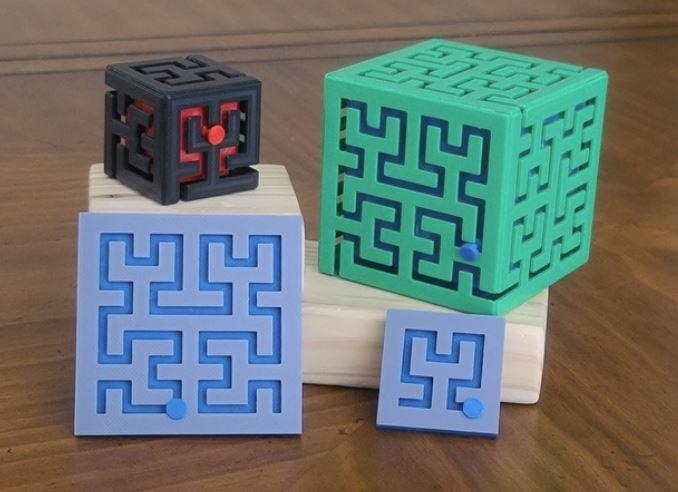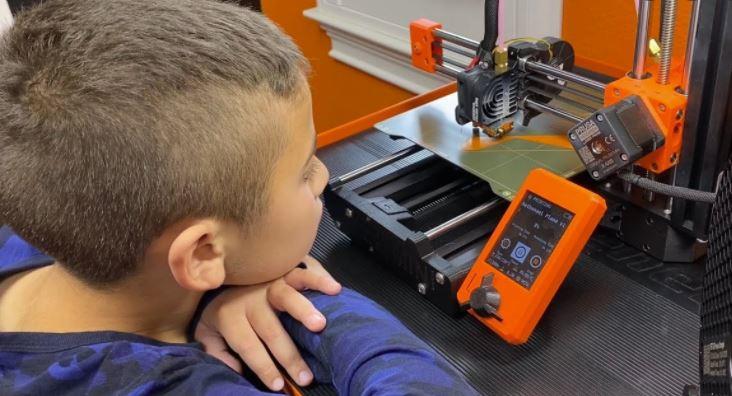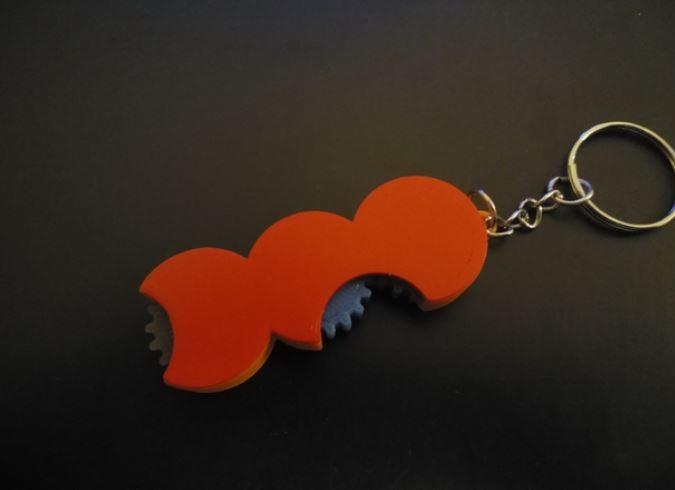How 3D Printing is Helping People with Autism Today and Into the Future
As 3D printing becomes more and more accessible, the possible benefits and uses are immeasurable. It’s an exciting time to learn more about what is currently possible in the world of 3D printing. And we can start to get a glimpse of what is yet to come.
If we were to look at one area specifically, we would see just how much potential there is. Take the vast scope of autism, for example. Whether we look at individuals with Autism or those who support them, we don’t have to search before we can see where 3D printing may move in the future.
Here is a brief overview of some areas in that 3D printing can be used to support those with an autism spectrum disorder. And of course, because autism by its very nature is a spectrum, the uses and applications of 3D printing are vast depending on the support needs of individuals.
Sensory gadgets and fidget spinners
You may have noticed in recent years the rise of fidget toys and sensory gadgets being used by children. Of course, they can be used by teens and adults too. There is a good reason for their use. Fidget toys can be used to promote focus and help to calm the brain. The beauty of 3D printing is, that you can create your own sensory toy or fidget spinner. The quickest and easiest way would be to use a website like Thingiverse.com to download a design. Once downloaded, you can start printing. The materials needed, such as skateboard bearings are easily accessible.
One of the exciting aspects of 3D printing is that all of your designs can be customisable to the unique needs of an individual. But who is going to create these 3D prints? Well, it depends on the specific case.
Parents of children with autism may work alongside their children to create their own fidget spinner or sensory cube. As the child is part of the 3D printing process, they can feel a sense of pride in what they have made. And it doesn’t need to stop with just one 3D object. The possibilities are endless. As the child learns more about the process, they may develop a keen interest in 3D printing. Anyone who knows a person with ASD well knows that they have an innate ability to hone a skill and become really proficient in that area. Before long, the child will be teaching the parent! It can be empowering to create your own gadget specific to your needs.
What about children with high support needs?
Whether it is parents or teachers or other support staff, there is a whole team of people who care for individuals with high needs. The people closest to the person with autism know exactly what that child needs. So, it makes complete sense that this team could design bespoke aids and equipment to assist the child in numerous ways. Whether it be 3D printed cushions or other access devices to help with daily needs, the possibilities are huge.
There may be a need for non-speaking individuals to use tactile signs, schedules and other communication tools. These could be designed specifically for the person with autism and printed in real-time as the need arises.
Families can create gadgets that support their child to be more independent and equipment that provides a safe space.
How can 3D printers be used effectively in schools?
In the same way that specific aids and devices could be 3D printed for use in the home, this type of equipment could be used by teachers in schools. Teachers and support staff in schools get to know their students well. The lengthy process of sourcing the right equipment for the child, ordering it and having it delivered could be shortened by schools using 3D printers onsite.
Vocational employment pathways
Robotics and coding have become mainstream in educational programs. 3D printing fits perfectly into this framework. It is exciting to consider the educational programs that teens with autism could benefit from. As students move towards their final years of school, teachers focus on pathways to employment for their students. People on the autism spectrum naturally have strengths in areas that mean they would be suited to learning the skills needed for 3D printing. People with Autism are often detail-oriented, rule and procedure followers, out-of-the-box thinkers and honest in their review and assessment of a product.
For teachers to engage students in every step of the 3D printing process there are a number of skills they will develop. From finding a solution to a problem and using a design brief to learning how to use the printer, students will learn a huge array of skills. As students move through the 3D printing process they will learn how to use digital software while collaborating with others. From the initial design to the finished product they will have to overcome obstacles and sometimes learn through trial and error. Once their 3D project is printed they can conduct a product review and further develop or improve their design.
The skills the students will learn with problem-solving and creating solutions through clever individualised design are transferable into many areas of work. They will learn perseverance and enjoy the process. Experiencing success is incredibly important in any learning process. The amazing thing about 3D printing is that designs can begin simply and gradually become more complex.
Adults with autism
Many adults with autism, be they male or female, can become proficient over time at knowing their own needs and what works best for them. Adults may choose to create their own fidget cubes, bespoke to their needs. These could be small and discreet and fit inside your pocket or attach to a key ring.
What might start as a hobby may parlay into a side hustle for some. Individuals with autism understand what others on the spectrum need. There is so much potential for someone who has ASD to create sensory fidgets, toys and equipment for others with autism.
There is no doubt that 3D printers hold a huge amount of potential. As technologies continue to improve it will be exciting to watch where this industry moves.
How 3D Printing is Helping People with Autism Today and Into the Future: Written by Stephanie Vandenberg

Stephanie Vandenberg is an Australian teacher and freelance writer. She enjoys writing on neurodiversity, education and travel. You can find her work at Stephanievandenberg.com




